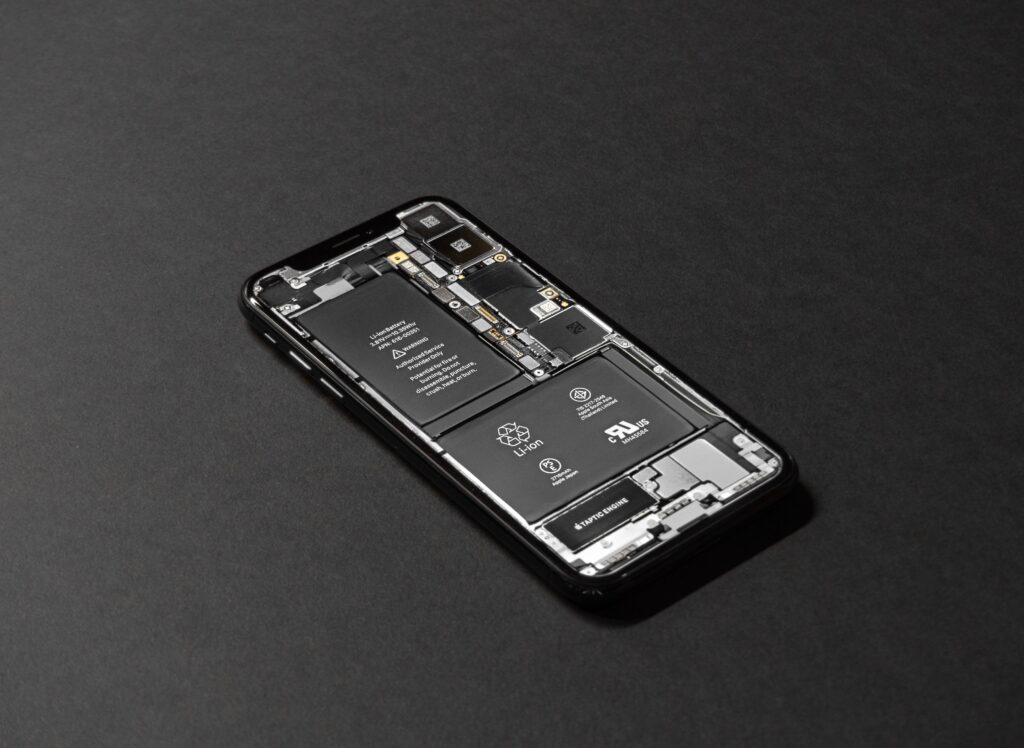The European Parliament has approved new regulations for batteries, introducing stricter environmental and due diligence obligations for manufacturers. These rules apply to all battery types sold in the EU, including electric vehicle batteries.
The new regulation aims to promote a circular economy and regulate the entire battery lifecycle. Mandatory declaration and labeling of the CO2 footprint for electric vehicle batteries, as well as batteries for electric scooters and bicycles, are part of the new directive. Additionally, a digital battery passport containing information about the CO2 balance from raw material extraction to recycling will be introduced.
New Recycling Requirements for Battery Components
The recycling requirements specify minimum amounts of recovered materials, such as 50 percent for lithium by 2027 and 80 percent by 2031. For cobalt, copper, lead, and nickel, the targets are 90 percent by 2027 and 95 percent by 2031.
A portion of the recovered materials must be mandatory reused in new batteries. By 2031, this ranges from six percent (for lithium and nickel) to 85 percent for lead. These quotas increase by 2036 to 12 percent for lithium and up to 26 percent for cobalt (previously 16 percent), with the lead quota remaining constant.
Furthermore, stricter due diligence obligations will apply to battery actors in the ecological and social sectors. The origin of raw materials and working conditions within the supply chain must be verified. Exceptions are made for small and medium-sized enterprises.
Overall, these regulations aim to build a robust EU recycling industry, supporting the European industrial sector’s transition to renewable energy and strengthening strategic autonomy in Europe.
Interested in the topic? Learn more here.
